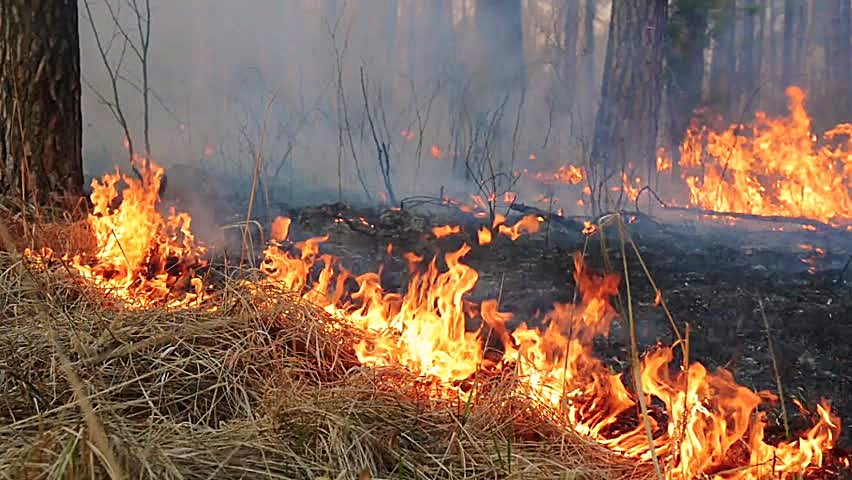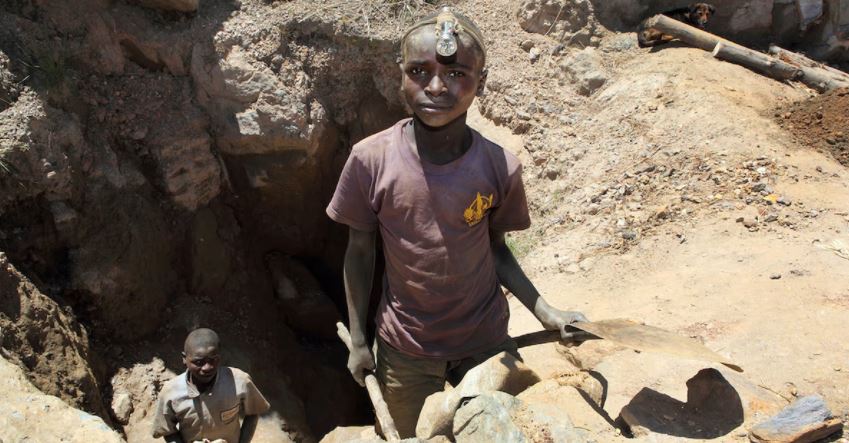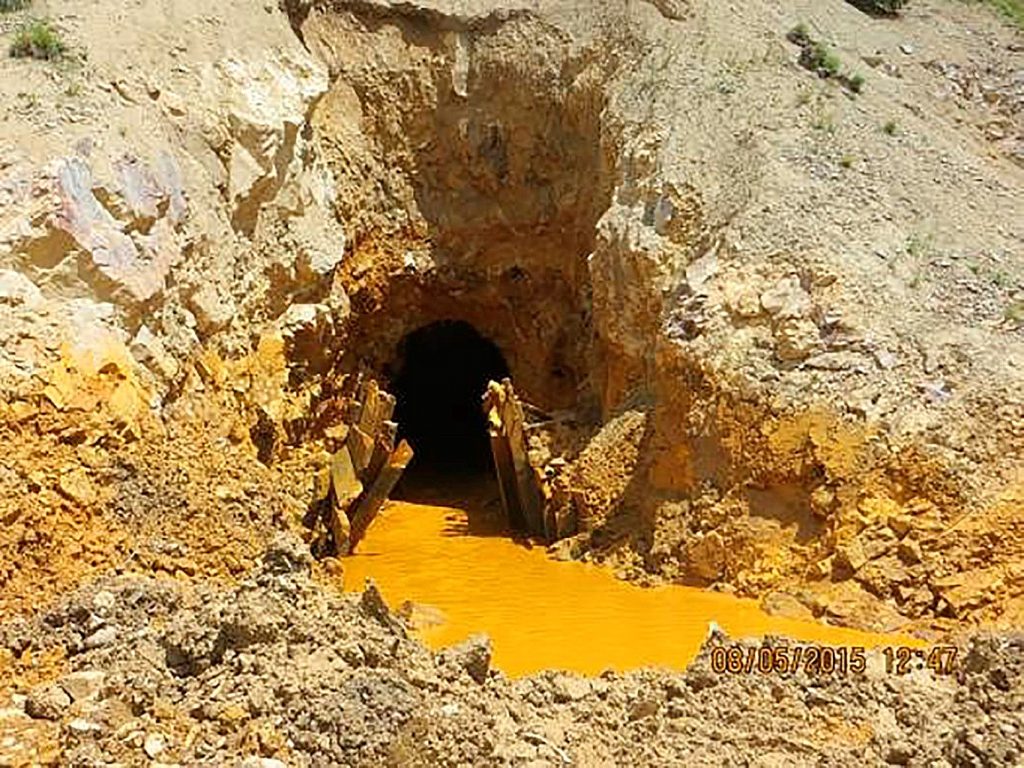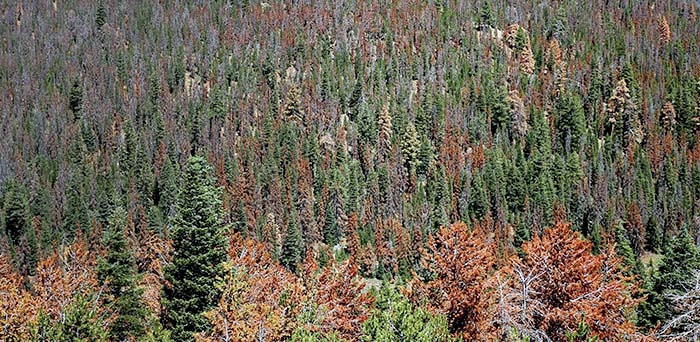“I still like the idea of the horse and I would love to see a controlled area with them to really see what they are capable of. I have seen the work they have done on your property and it looked good but spotty with the low numbers they have. Additionally I really think they have a place in the fuel reduction world.”
Commentary by Bill Simpson
Congressman Walden Refers Wild Horse Fire Brigade To Heads Of BLM & USFS
How often do we find ourselves as citizens complaining when legislators overlook cost-effective ideas and plans that could arguably provide some relief or a solution for a serious societal issue, and instead seem to prefer solutions that add more taxes to the burden already upon weary taxpayers?
With the recent evolution of catastrophic wildfire, Americans are now faced with a new kind of devastation that transcends anything we’ve seen before. And let’s make no mistake; there is nothing ‘normal’ or ‘natural’ about catastrophic wildfire. And we would be made into fools if we even tolerate that insane premise by some NGOs and their leaders, and that we should allow these highly unnatural fires to occur in the first place.
These new-breed of wildfires are so hot in fact that in addition to devastating everything in their path (defensible space or not), they pasteurize the soils killing all of the beneficial microorganisms that create bio-available mineral analogs, which support many other organisms and healthy plants. The intense heat of catastrophic wildfires also sublimates the bio-available mineral analogs in the soils made by the microorganisms and those gaseous compounds add to the mix of deadly toxic smoke from these fires.
But this article isn’t just about gloom and doom, it is about a refreshing breeze of change that I am cautiously optimistic about. A glimmer of hope that alludes to a possible development in the status quo of government, where kudos are due to some of our local legislators and citizens who are indeed seeking genuine solutions and seem to be considering all options to our shared nightmare.
Oregon Congressman Greg Walden (2nd Dist. OR) has recently authored a Letter to the Chief of the United States Forest Service (USFS) Tony Tooke, and to the Acting Director of the Bureau of Land Management (BLM) Brian Steed, asking them to give the Wild Horse Fire Brigade (‘WHFB’) Plan their attention, which was attached to the Congressman’s Letter for their use. This is yet another encouraging development in a long string of developments, and I for one am thankful for Congressman Walden’s tacit endorsement of the WHFB and the work of citizens like Britt Ivy Boice and her husband, Court Boice, a Curry County Commissioner.
And there are tens of thousands of other American citizens who also support the WHFB as well as numerous scientists, politicians (I.E. Colleen Roberts- Jackson County, OR) and firefighters. One Oregon Dept. of Forestry fire captain recently wrote to me and said this:
“I still like the idea of the horse and I would love to see a controlled area with them to really see what they are capable of. I have seen the work they have done on your property and it looked good but spotty with the low numbers they have. Additionally I really think they have a place in the fuel reduction world.”
From my perspective, the plight of Americans struggling to make a living and raise families against adversity, and now catastrophic wildfire parallels the life and death struggle of the legendary American wild horses, also just trying to survive as their numbers dwindle and on a trajectory for potential extinction.
Let’s start by asking a simple question; what causes these devastating firestorms?
The simple answer is too much grass and brush. And we definitely have too much annual grass and brush because our native forest and grasslands grazers (large-bodied herbivores; deer) are no longer present to do the job they evolved doing; controlling and keeping excessive grasses and brush under control and from piling-up.
In fact, we have a severe depletion in the populations of our deer (aka: ‘ungulates’) on the west coast (and elsewhere). These ground fuels (grass and brush) as they are known are explosively flammable, and burn at very high temperatures, quickly fueling the conflagrations where defensible spaces are meaningless, as we saw in the Sonoma County, CA fires. And there is no doubt about the connection between depleted deer populations and catastrophic wildfire, as this excellent Science Magazine excerpt on the settled-science cites:
According to Science Magazine: “By altering the quantity and distribution of fuel supplies, large herbivores can shape the frequency, intensity, and spatial distribution of fires across a landscape. There are even unique interactions among large herbivore populations that can influence fire regimes. For example, facilitative interactions between white rhinoceros and mesoherbivores result in reduced fuel loads and fuel continuity, and consequently fewer large, intense fires. Other factors can influence the frequency and intensity of fires, particularly in locations where the total area burned is strongly related to ungulate population size.
What the foregoing tells us is that our depleted west coast deer populations is the root of the problem!
And yes, we have a serious decline in the deer and elk populations on the west coast. Just in California alone we are down about 2-million deer, which is about an 80% decline in our herds since the late 1960s. This is very important to understand, since these now missing deer were previously consuming about 2.6-million tons of grass and brush annually! And these ground-fuels are what’s driving these massive deadly blazes that are now incinerating large areas of the west coast, killing people and destroying homes, as well as deforesting our lands and devastating watersheds, wildlife and habitat.
What Can We Do?
The simple answer is we must rebuild our deer herds (aka: cervids). But that will take several decades of very careful management. And certainly not by the same ‘let it burn’ people (and NGOs) that have guided us down this destructive and deadly path. See more here.
Each deer present in the ecosystem in and around the forests and grasslands consumes (average) about 7-pounds of grasses and brush daily. Just in California alone the population of deer is down about 80% from a few decades ago and that amounts to about 2-million deer (CA alone). And those missing deer were quietly consuming about 2.6-million TONS of annually recurring grass and brush each year, just in California. If we add in the excess annual grasses and brush due to depleted deer and elk in Washington State and Oregon, we are suddenly in the realm of about 5-6 million tons of excess grass and brushannually; that’s an incredible amount of ground fuels.
The Interim solution is simple; introduce a substitute large-bodied native-species herbivore that can pick-up the grazing slack and abate the prodigious annual grasses and brush that fuel these insanely hot wildfires. And it just so happens there are about 50,000 native-species American wild horses that are in BLM and USFS corrals and can be immediately deployed as a part of an overall ground fuels abatement plan.

These native-species American wild horses can graze 30-pounds of grass and brush on virtually any terrain per horse, per day. That translates to 5.5-tons of grass and brush per each horse deployed annually. And if we had 50,000 wild horses deployed into carefully selected areas in and around forests, they would graze off 275,000 tons of grass and brush annually! And contrary to what some uneducated people believe, wild horses are ‘commensal’ with deer (means they don’t compete with deer for foods).
More about Wild Horse Fire Brigade here:
[paypal_donation_button]




The deer and elk population has declined as a result of poor land management practices. Our public lands have fewer deer and elk due to,
1) unchecked predator population increase. ( predators eat deer and elk)
2) change in public land management policy. We have seen big reductions in logging and livestock grazing which has reduced forage condition favorable for big game.
Wild horse populations may provide some relief, but how much is it going to cost to herd them around. This appears to be another highly questionable practice that makes very little economic sense and can cause severe over grazing in riparian and key areas.
As a past BLM employee who spent nearly 40 years dealing with these issues, read the historical research and observed land management practices it is hard for me to believe this article would be a viable solution. If the BLM really wants to improve conditions for fire manipulation and wildlife, then I recommend the following.
1) manage the predator populations to allow for deer and elk populations to increase.
2) allow the local ranching community economic incentives to manage livestock to achieve this goal of fuel reduction via livestock management.
3) allow logging to increase forage condition for deer and elk. Presently we have millions of acres with bug infested forest that are in dead or dying condition. Lack of proper management over the past 30 years has created conditions favorable for catastrophic fires.
4) some critical deer winter range needs fire occasionally to rejuvenate shrubs they survive on during the winter. These areas need special attention to age class of shrubs and prescribe fire plan.
While this article makes some interesting analyses on forage comparison, it has not thought out or stated what this proposal will mean to the local ranching community. I believe it would make much more sense both economically and to the viability of the ranching community to achieve this goal with managed livestock than wild horses.
I do agree we need better management on public lands, but we must understand economic consequences of our decisions.
Bill D:
You wrote: “As a past BLM employee who spent nearly 40 years dealing with these issues, read the historical research and observed land management practices it is hard for me to believe this article would be a viable solution. ”
As far as I am concerned, your comment should be heavily discounted since you were part of the Bureau of Lies and Malfeasance (BLM), and therefore part of the problem. This is simple to understand, either you are with them (as you were [and likely now], and said/did whatever to get the money as one of their team) or, you are with us… now that you sucked our blood for 40-years, as you brag, you want us to suddenly take your word? Sorry Bubba, that dog don’t hunt!… You are part of the failed BLM heritage and mind-set that cost-free solutions are no good. The typical government Dogma that plagues regular taxpaying Americans.
You also say; “read the historical research and observed land management practices”, to which I offer, here is something for you to read (put this in your pipe and smoke it): https://www.westernjournalism.com/blm-epic-mismanagement-waste-and-corruption
Willy,, nice try but your green philosophy will not fly. I have no dog in the arena just many years of observations. The mess we are in regarding wild fires is a direct result of looney ideas on how public lands should be managed. The environmental groups first destroyed logging and grazing and now come up with using wild horses to manage the fuel loads? Are you kidding me? Now you explain to me where and who is going to manage these WILD horses to eat all this fuel? Are the horses going to eat the dead and dying trees? You people are amazing in logic or lack of logic, First you create the mess then come up with more illogic to solve the mess you created. Maybe your plan is to manage the wild horses as domestic livestock? This concept is as wacky as they get. Sorry but more stupid ideas will not solve this problem you and yours created.